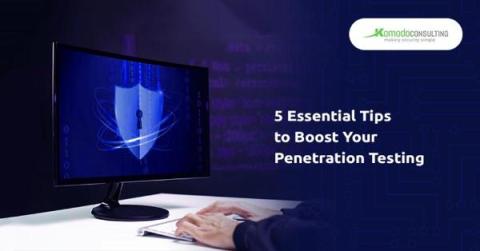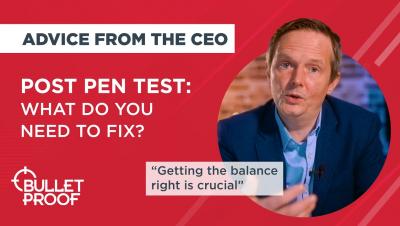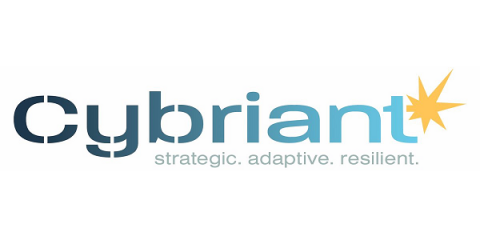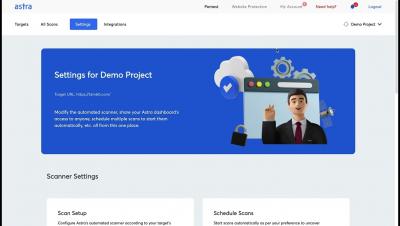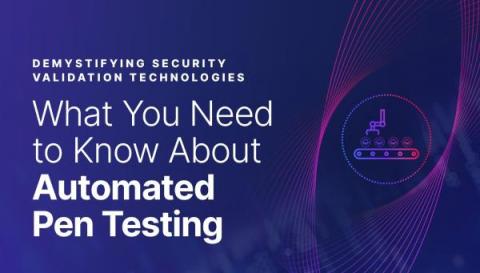Security | Threat Detection | Cyberattacks | DevSecOps | Compliance
Penetration Testing
Automated app pen testing: what's the real deal? | Advice from the CEO
Android App Penetration Testing Checklist with 154 Test cases [Free Excel File]
Post Pen Test: What do you actually need to fix? | Advice from the CEO
Benefits of Using a Penetration Testing Dashboard For Your Security Testing Needs
Penetration Testing 101: What You Need to Know About Pen Testing
Iran's uranium enrichment facilities were some of the most high-security buildings in the world. Not just with physical checkpoints and guards, but with air-gapped digital defenses. All of that security became moot in 2010 when Stuxnet devastated the facility.
Scheduling Vulnerability Scans & Pentests with Astra
Top 8 penetration testing tools
Penetration testing is crucial to ensuring a resilient security posture within an organization. It simulates an attack on the system, application, or network to discover vulnerabilities before hackers do. Developers often use penetration testing to verify that applications’ internal resources are safe from unauthorized access. In this situation, the tester or ethical hacker serves as a malicious actor. They gather as much information about the system as possible to find exploitable weaknesses.
Demystifying Security Validation Technologies: What You Need to Know About Automated Pen Testing
You can’t predict the future, but you can prepare for it. When it comes to IT (and OT), security validation is the closest to predicting the future as you can get. This is the second post in our series “Demystifying Security Validation Technologies: What You Need to Know,” in which we break down a number of security validation methods available today, provide the strengths and weaknesses of each, and explain how each functions in different IT environments.
Trustwave MDR and Penetration Testing Solutions Win Global InfoSec Awards
Trustwave was honored during Cyber Defense Magazine in the 11th Annual Global InfoSec Awards at the 2023 RSA Conference, taking home accolades for Managed Detection and Response (MDR) Service Providers and was named the Market Leader in Penetration Testing.


